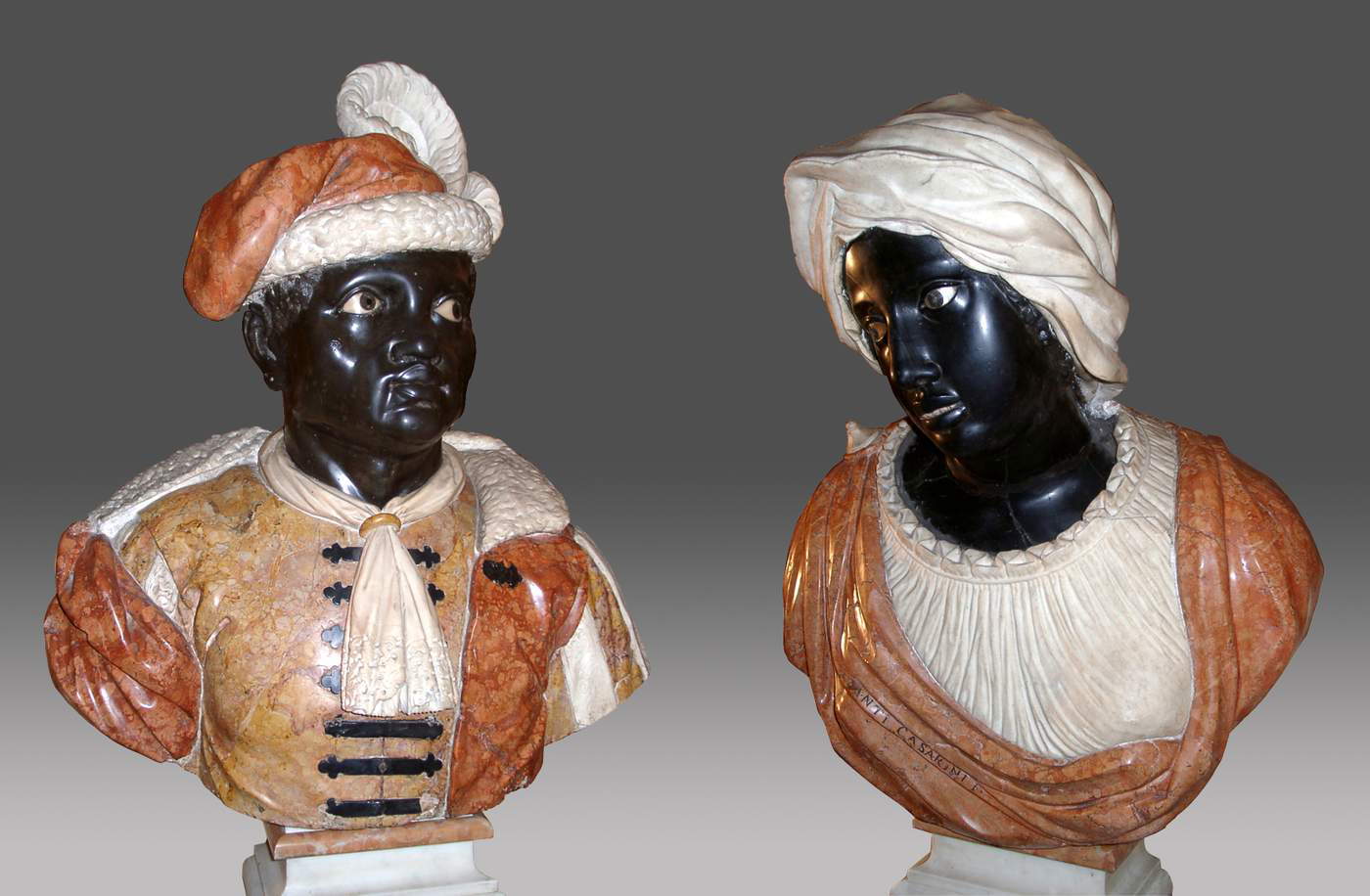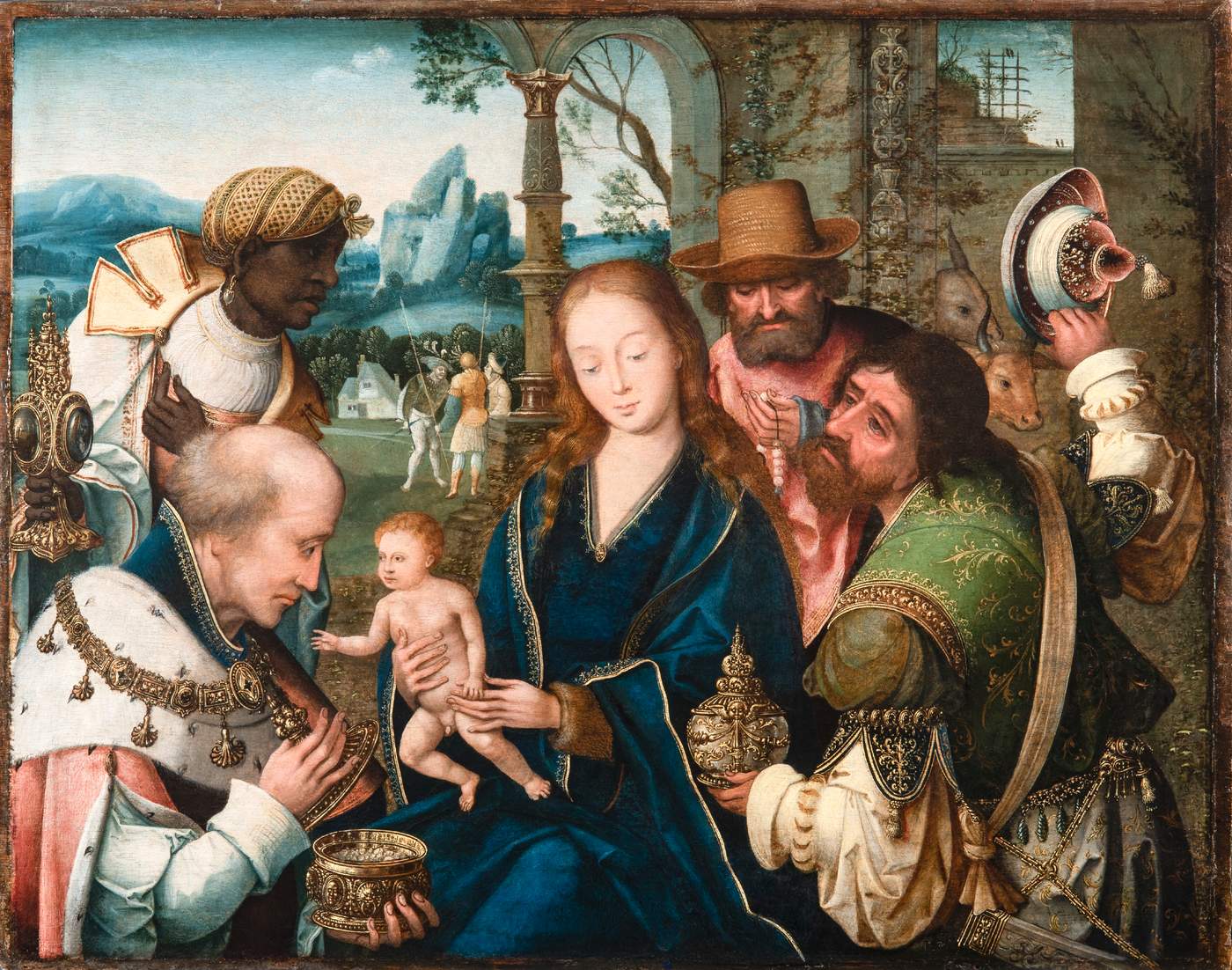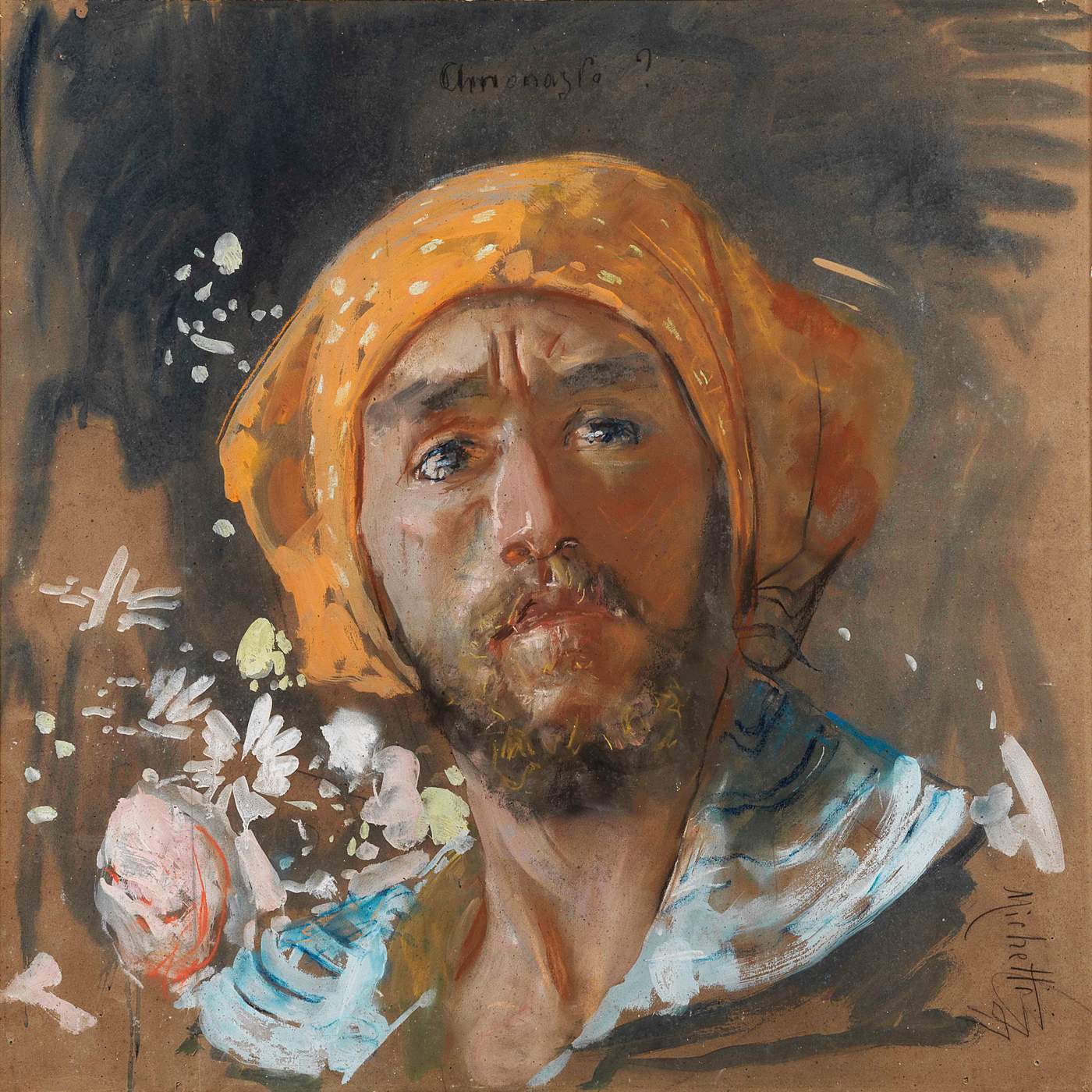There is satisfaction among Italian gallery owners who took part in the 2021 edition of TEFAF (The European Fine Arts Foundation), the major international antiques fair that, due to Covid, for the second year in a row is being held entirely online, from September 9 to 13. The fair, led by director Charlotte van Leerdam, featured more than 250 exhibitors from around the world (22 of them from Italy), who were asked to submit a maximum of three works for the virtual audience. In the end, the result was a large online exhibition with more than 700 works from every era (subdivided in turn, very often, into small thematic insights well thought out by the gallerists), which generated much enthusiasm from Italian antiquarians.
Among the first to comment on this edition of TEFAF with Finestre Sull’Arte is Piva & C., the Milanese “Room of Wonders” that works under the motto “Masterpieces Only.” To TEFAF 2021 Piva brings a Portrait of a Child attributed to Jan Claudius de Cock and a pair of portraits, a gentleman and a lady, by Santi Casarini, works from the late 17th century. These are three busts that can be considered very representative of the sculptural collecting taste in Europe between the late 17th century and the beginning of the following century. Piva’s is thus one of the insights mentioned in the opening: the three busts testify how ancient sculpture was highly sought after in Italy by collectors and nobles since the Renaissance, and in parallel with this antiquarian and archaeological passion, private Italian collectors began, in the second half of the 17th century, to commission some modern pieces from the leading artists of the period to expand and enrich their collections, enhancing the continuity between ancient and modern. This is precisely the case with Casarini’s polychrome marble pair, while De Cock’s smaller white marble bust is an example of the portraits that pandered to the taste of England and the Netherlands in the early 18th century: a small ornament for the mantelpiece, bedside table or writing desk, probably of a cardinal, since the child is a page of a cardinal.
“This edition,” Tomaso Piva tells Finestre Sull’Arte, “is one of the first experiments of an online fair, and my opinion is definitely positive. Already, compared to the first edition of TEFAF Online, there is a greater participation of the public, so it is certainly an increasingly indispensable and up-to-date tool, even with regard to ancient art. For our traditional clientele, the in-person fair is definitely the favorite event, while the digital version is more suitable for an audience of experts, who know the subject well and are familiar with IT tools, so they can appreciate the works even without a direct exchange with the antiquarian. In fact, for us this edition of TEFAF Online has generated many more relationships with institutions, museums and connoisseurs, which is absolutely positive, while ’physical’ fairs allow us to get back in direct contact with our loyal clientele.”

Among the stars of the early hours of this edition of TEFAF is the young Caretto & Occhinegro gallery, the house specializing in Flemish art run by the two 30-year-olds Massimiliano Caretto and Francesco Occhinegro, who have already managed to pull off a major coup: they have in fact sold one of their three works, the Portrait of a Man in Armor attributed to the Flemish artist Gillis Claeissens, to the Groeningemuseum in Bruges. This is a relevant addition to the elusive artist’s meager catalog. Caretto & Occhinegro’s other two works are an Adoration of the Magi by the Master from 1518 and a Neptune or Hades from about 1636 by Dirk van Hoogstraten. All composing a “tale of gods and kings” in Flemish art between the 16th and 17th centuries in three acts, dedicated to the relationship between power and divinity.
“Compared to the first edition,” Massimiliano Caretto and Francesco Occhinegro explain, “this second digital version of TEFAF is proving to be more attended by institutions and museums, perhaps also due to a prolonged lack of live events. The quality of the works and the process of Vetting have gone hand in hand, and it seems to us that the most rewarded choices have been those who wanted to propose unpublished and varied works, in essence those who wanted to risk a little more, accepting the challenge of a historical moment with few precedents, which certainly does not please anyone, but which must be faced in view of better times. The sale at the Groeningemuseum that saw us as direct protagonists, in that sense, is quite exhaustive.”

Aiming instead at the portrait theme, the Roman gallery Antonacci Lapiccirella Fine Art, born from the union of two historic galleries that have been present on the international market for decades. Antonacci Lapiccirella’s for TEFAF is a project that relates three works by as many Italian artists: a fascinating self-portrait in pastel and tempera on paper by Francesco Paolo Michetti from 1877 (one of the works that aroused the most enthusiasm throughout the fair, so much so that it was also chosen for thepreview last July: an honor accorded to twenty works in all), and then again the Portrait of Mariano Fortuny, a bronze sculpture by Vincenzo Gemito from 1880, and a Portrait of a Young Man in Marble by Hamlet Cataldi, from 1920. Three works that differ in technique and material but are closely linked thematically, capable of establishing a fruitful dialogue, rich in historical references and particular assonances.
“This edition of TEFAF online,” we are told by the gallery, "seems to us to have an edge over last year’s virtual edition, which was also already of an excellent standard. Innovative and with attention to detail, like everything with a ’TEFAF’ signature, these first few hours show great interest. One of the three works we are presenting, Self-Portrait by Francesco Paolo Michetti, was chosen for the ’First-look’ by the fair and this has certainly given us visibility from a social point of view as well, an aspect that should not be underestimated. In general, as art lovers that we are and as promoters of a concept of the fair as a point of meeting and exchange with curators and collectors, we certainly continue to prefer the in-person version. That said, we also believe that it is possible to fall in love with a work of art through a screen, an image, a video. Being able to present the work by creating a connection on an empathetic level with the collector through a screen is the challenge of the moment. And at the moment we seem to have succeeded."

One of the market’s historic names, Tornabuoni Art, is also present at TEFAF 2021: the gallery is offering a selection of three great masters of the 20th century, namely a 1983 Horizon by Arnaldo Pomodoro, a 1964 Waiting by Lucio Fontana, and a 1963 Still Life by Giorgio Morandi. The one proposed by Tornabuoni is a journey into the research on space that interested Italy after World War II, analyzed through three works by three great protagonists of that time. Here, then, is how landscapes and intimate still lifes became the vectors of Giorgio Morandi’s statuesque production; here are Fontana’s cuts on canvas that constitute the apex of his Spatialist journey and had a considerable influence on artists such as Enrico Castellani, Paolo Scheggi and many others; and here is Arnaldo Pomodoro’s generation that began to question not only the representational qualities of its medium, but the medium itself and its surroundings.
There is also great satisfaction on the part of the historic Florentine house: “On the occasion of the 2021 edition of TEFAF online,” they let us know, “Tornabuoni Art chooses to exhibit works by significant artists from postwar Italy. Thus, by creating a dialogue between the works of Giorgio Morandi, Lucio Fontana and Arnaldo Pomodoro, the richness of postwar Italy’s production around the theme of space can be fully grasped. From Morandi’s meditative still lifes, to Fontana’s cut canvas that opens up new sculptural possibilities to the traditional support, to Arnaldo Pomodoro’s simple geometric forms. The choice of the fair allowing only three works to be shown is particularly significant because it allows the focus to be on a curated selection and to create a deeper dialogue between the works. The fair again proves to be an opportunity of the highest quality where collectors can find the rare object whether it is modern, contemporary or ancient art. The discerning collector knows that TEFAF is the appointment of excellence.”

Our brief journey among Italian exhibitors at TEFAF ends with Galleria Cesati, which has been active in its Milan location near Castello Sforzesco for more than thirty-five years, a regular presence at TEFAF since 1999. At the second online edition of the Dutch fair, Cesati brings two examples of the gallery’s activities. They are a Male Bust from about 1660 attributed to Giusto Le Court and a Processional Cross from the second half of the 16th century. Works of great quality: the former is a terracotta bust (which could also represent the god Vulcan, according to scholars) with an unmistakable style, characterized by an intense rendering of movement, volumes and shadows. The energy coming from Le Court’s sculptures is very well represented by this bust-a particularly rare terracotta proof of his talent. The second artwork, on the other hand, is an important example of Cesati’s traditional focus on metal artwork: a processional cross, which is an excellent example of Spanish ironwork, thanks to superb embossing and carving.
The owner of the gallery, Alessandro Cesati, told us of his appreciation for the TEFAF online fair: “I find the initiative,” he tells Finestre Sull’Arte, “very well organized, structured and promoted, as could be expected from the world’s leading event organization in the field of ancient and modern art... always looking forward to meeting, ’de visu’ and in the presence of the works, our beloved and esteemed audience of collectors, curators, experts and art lovers... eager for more than a year now to see us in attendance again.”
In short: a second online edition that seems to have gone very well, with positive opinions from insiders and more than satisfactory results for Italian exhibitors, who as always represent excellence on the world market and brought many of the most valuable pieces to the fair.

Warning: the translation into English of the original Italian article was created using automatic tools. We undertake to review all articles, but we do not guarantee the total absence of inaccuracies in the translation due to the program. You can find the original by clicking on the ITA button. If you find any mistake,please contact us.